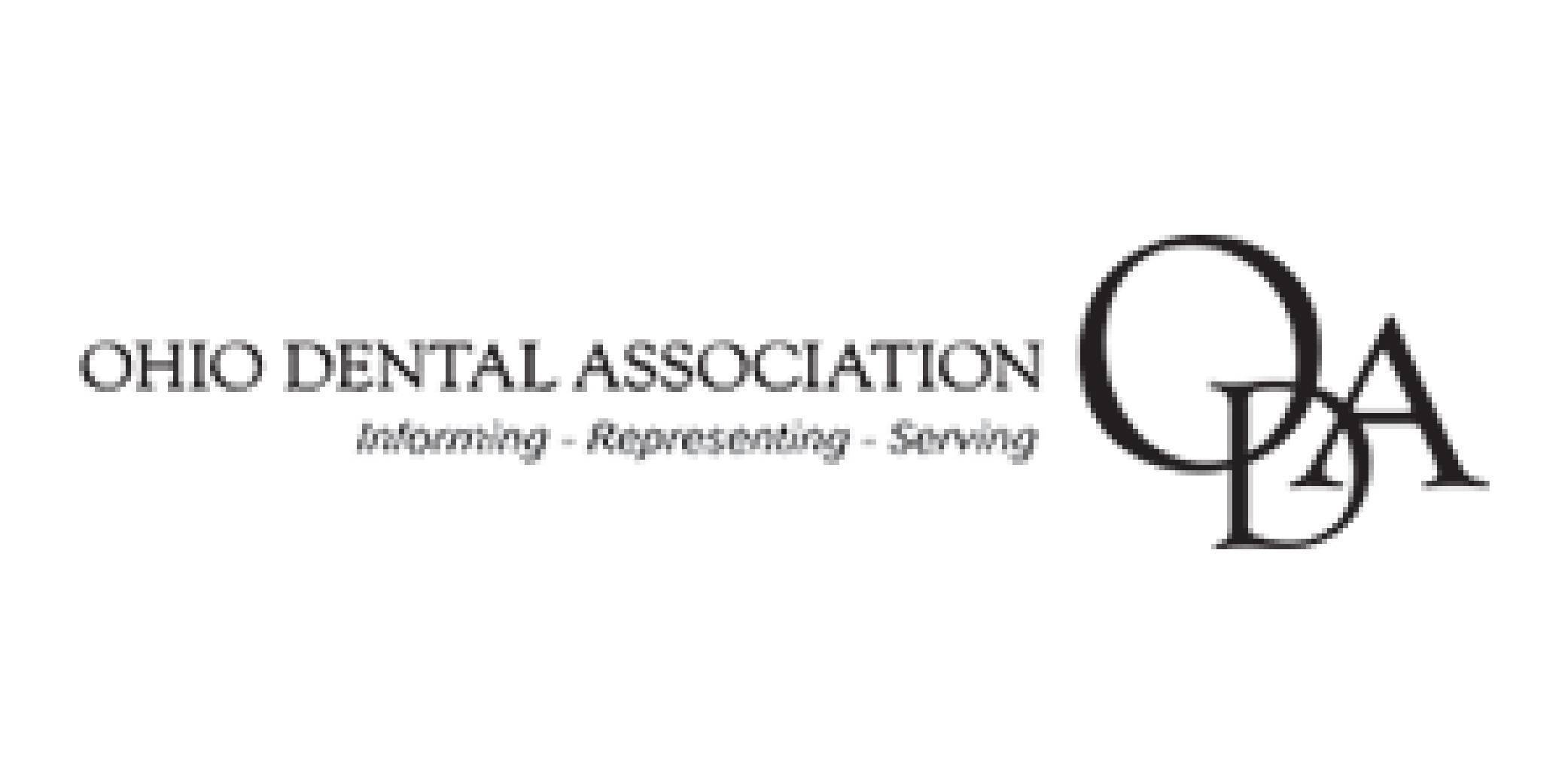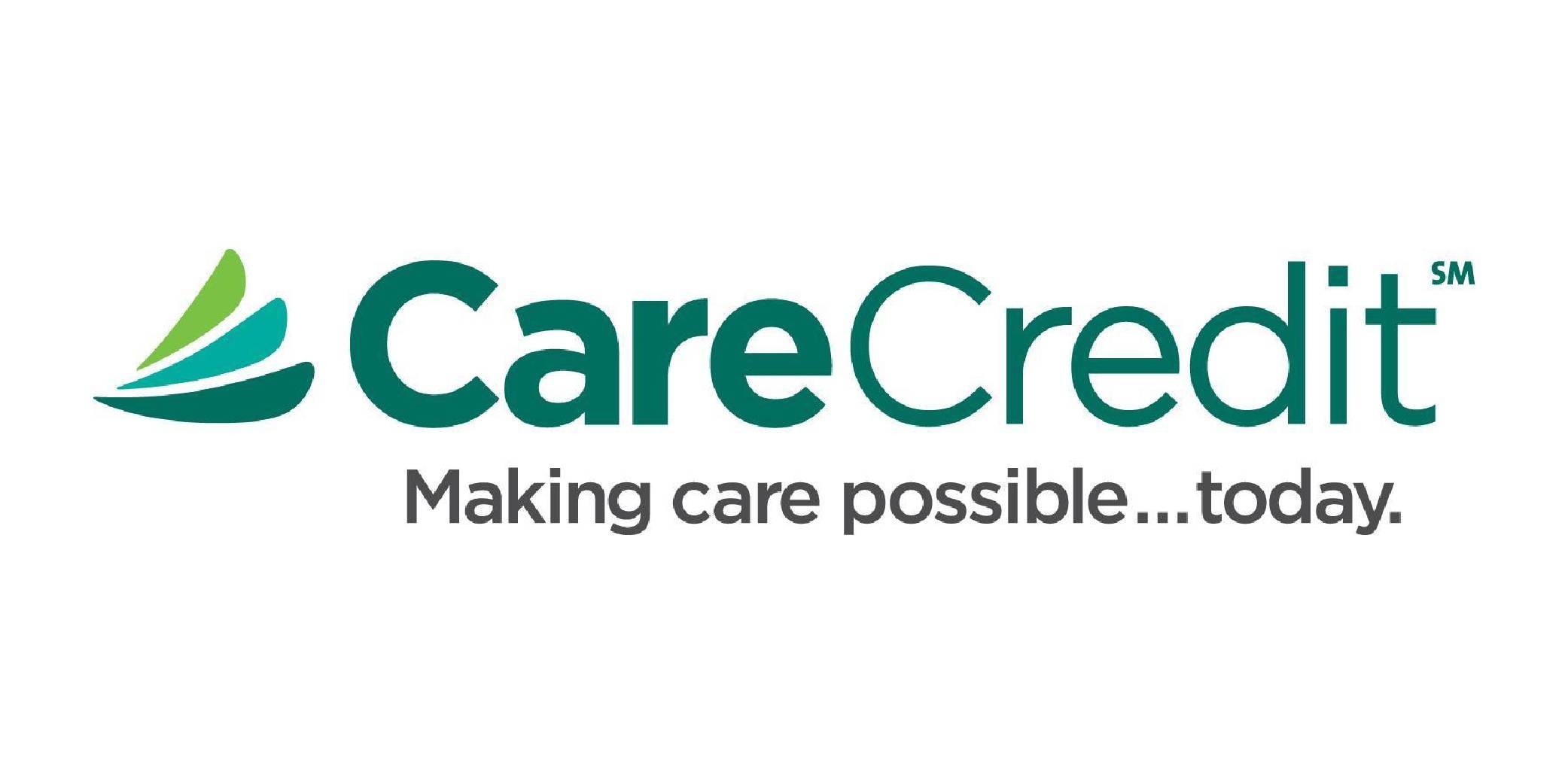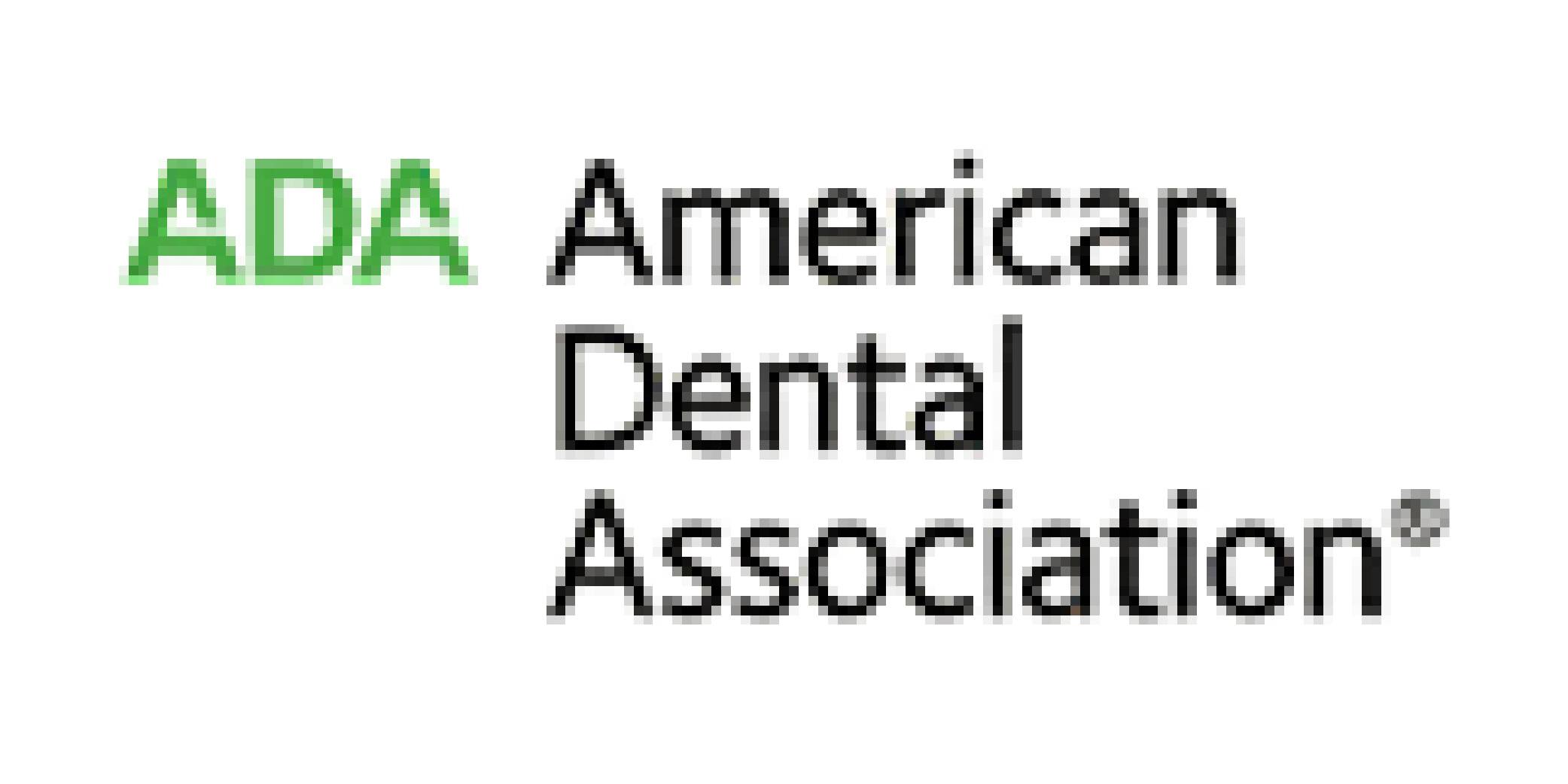How Long Should A Baby Use A Pacifier

by Emily Boge, RDH, BS, MPAc
Binkie, Paci, Cork, Plug, Soothie, Dummy — the pacifier has had many nicknames and has been used by parents all around the world since the 1600s. The original intention behind the object was to “pacify” the child during nonfeeding periods and to calm him enough to fall asleep. Over time, pacifier use has increased significantly. Despite its commonality, many parents are perplexed by the question “How long should a baby use a pacifier?”
Why Pacifiers Are Used
As stated, pacifiers are used mainly to relax a child while also satisfying the sucking reflex. Additional uses for pacifiers have been studied, and according to the American Academy of Pediatrics, pacifier use has been linked to a decreased risk of Sudden Infant Death Syndrome (SIDS) in infants less than 12 months of age. Use of pacifiers is also encouraged to replace thumb sucking because the device can be more easily taken away as the child grows older. Doctors encourage parents to wait until after the child has become accustomed to breast feeding before introducing the pacifier in order to prevent what has been termed “nipple confusion” between the pacifier and the anatomy of the mother’s breast that provides nourishment.
Some reports have been released over the years that show a correlation between pacifier use and increased risk for inner ear infections as well as between pacifier use and delayed breast feeding success. Regardless of data for and against pacifier use, one thing is certain: Parents of infants and toddlers continue to purchase pacifiers for their children and want to be sure that the pacifiers they purchase are safe. The Consumer Product Safety Improvement Act of 2008 required pacifiers and many other baby products to meet specified standards and to be tested by third-party companies before release to consumers. Some of these safety standards regulate the size and shape of the pacifier nipple and guard, others the durability of all materials used in the manufacture of the pacifier. Consumer Reports recommends that parents review safety standards before purchasing pacifiers or using pacifiers given as gifts.
At What Age to Stop Using a Pacifier
Research gathered from the Journal of Pediatric Nursing suggests that no permanent damage to the mouth can be linked to pacifier use if the child discontinues sucking on a pacifier before 36 months of age; damaging effects can result, however, from long-term pacifier use during later tooth development. In addition, no speech-impairing malformations of the mouth have been connected to pacifier use if it is stopped before age 3.
Discontinuing Pacifier Use
Some parents choose to gradually remove the pacifier from the child, beginning with allowing use only at nap time and bedtime instead of whenever the child requests. For some, this technique works, but the process takes more time and planning, especially if the child attends daycare outside the home.
An alternate method that is popular and very effective involves the use of a multistep technique to help a child separate from his or her pacifier. Psychologists recommend explaining to the child several days in advance that a day has been set on which all pacifiers will be thrown away. It is advised that all pacifiers leave the house at the same time so that the child does not fall into old habits. For example, “Tommy, daddy and I have decided that Friday is the day when we are going to pack up all your pacifiers and send them with the garbage man.” By giving advance notice, you can help your child feel more in control of the situation. In addition, some parents have found it helpful to allow the child to decorate a box or baggie in which to send the pacifiers; this allows the child to participate in the action and presents the activity as what it is, a normal and expected part of growing up.
How long should a baby use a pacifier? According to the data gathered for this article, the simple answer remains that parents should attempt to remove the pacifier from their child before his third birthday.
This article is intended to promote understanding of and knowledge about general oral health topics. It is not intended to be a substitute for professional advice, diagnosis or treatment. Always seek the advice of your dentist or other qualified healthcare provider with any questions you may have regarding a medical condition or treatment.









